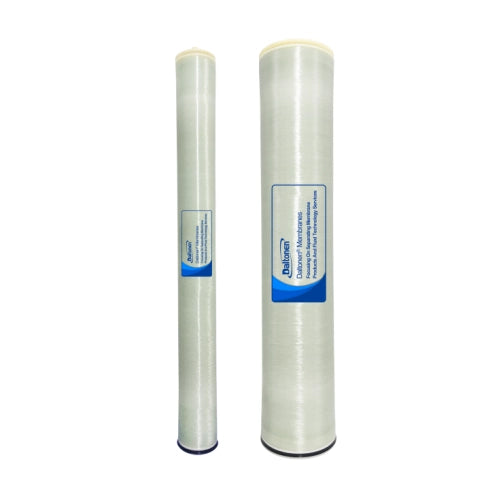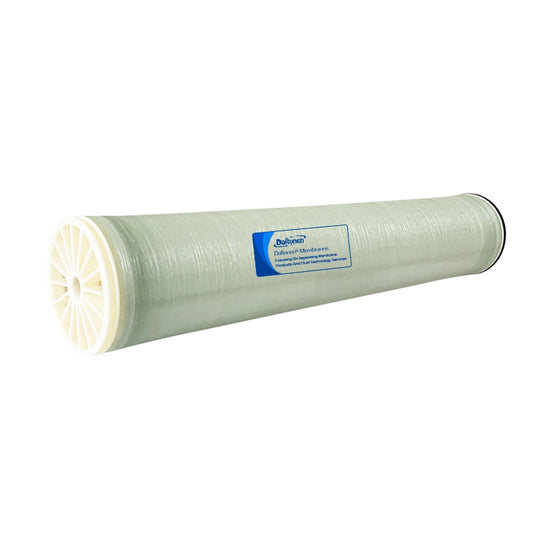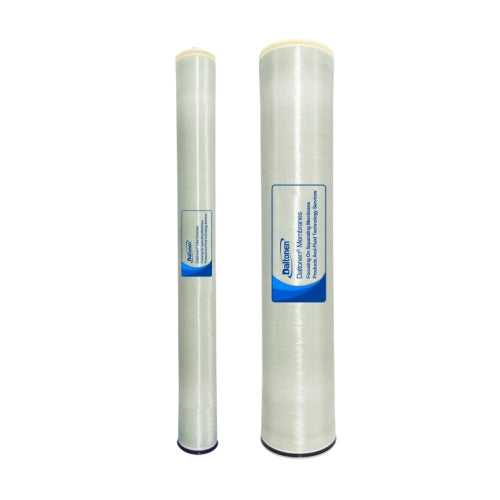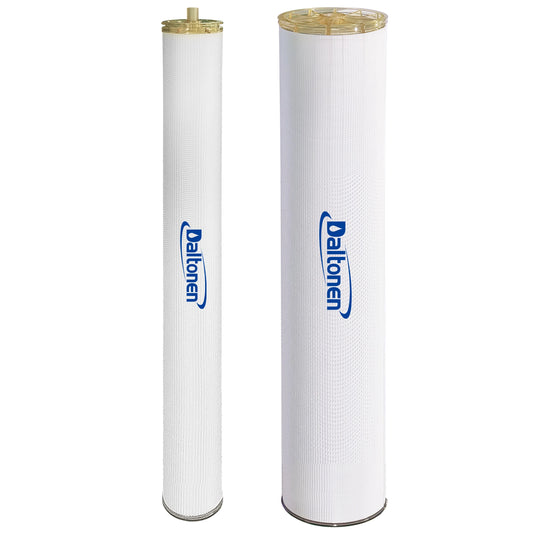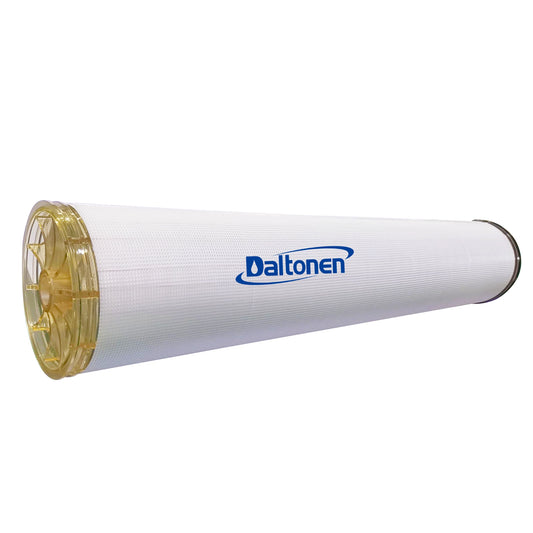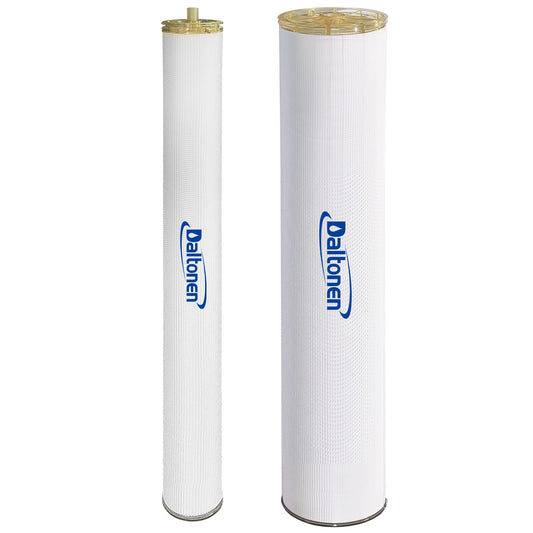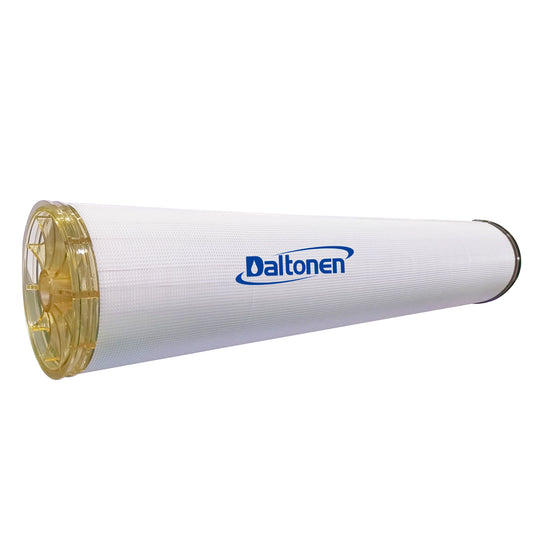Nanofiltration Process Design for Colloidal Silica Wastewater Treatment
22 Jul 2025
Here is the professional English translation of the Nanofiltration Process Design for Colloidal Silica Wastewater Treatment:
Process Flow
graph TB
A[Colloidal Silica Wastewater] --> B[Pretreatment System]
B --> C[Charge-Modified NF Membrane]
C --> D[Low-Silica Permeate]
C --> E[High-Silica Concentrate]
E --> F[Silica Resource Recovery Unit]
subgraph **Core Technology**
B -->|pH Adjustment + ZrO₂-Modified Ceramic Membrane| C
C -->|Charge Repulsion + Size Exclusion| D
E -->|Fluidized Bed Crystallization| F
end

Key Design Parameters
| Process Stage | Technical Measures | Configuration | Efficiency |
|---|---|---|---|
| Pretreatment | ZrO₂-modified ceramic UF membrane | Pore size 50nm, crossflow ≥3m/s, pH=10.5±0.5 | Colloidal silica removal >90% |
| Charge-Modified NF | Positively-charged membrane (e.g., TriSep TS80) | Pressure 12-18 bar, Recovery 70%, ≤40°C | SiO₂ rejection ≥98% |
| Concentrate Treatment | Seed fluidized bed crystallizer | CaCl₂:SiO₂=1:1.2 (molar ratio), pH=6.0-6.5 | Silica purity ≥95% |
| Fouling Control | Pulsed air-water backwash | Every 45min (0.3MPa N₂ + 0.1% EDTA) | Flux decline <5%/month |
Separation Mechanism:
- Electrostatic repulsion: Positive membrane surface vs. negative silica (ζ<-30mV at pH>2)
- Hydration barrier: Hydrophilic coating (contact angle<30°) prevents adsorption
- Size exclusion: MWCO 200Da rejects polymeric silicic acid (H₄SiO₄→(SiO₂)ₙ)
Intelligent Control System
# Real-time anti-fouling algorithm
if online_SiO2 > 5000 mg/L: # High silica warning
auto_increase_crossflow(2.5→3.5m/s)
activate_pH_control(pH=10.5) # Maintain dispersed state
if TMP > 1.3×initial: # Scaling risk
inject_antiscalant(1ppm PASP) # Polyaspartic acid
trigger_emergency_backwash() Critical Equipment List
| System | Equipment | Special Design |
|---|---|---|
| Pretreatment | ZrO₂-modified ceramic membrane skid (pH 1-14) | Zr-O-Si bond prevents silica adsorption |
| NF Membrane System | Positively-charged NF elements (TS80/Toray UTC-80) | Alkali-resistant PA layer (pH 2-11) |
| Crystallization | Fluidized bed crystallizer + Hydrocyclone | Seed size 50-100μm (growth template) |
| Chemical Dosing | PASP antiscalant + HCl/NaOH pH adjustment | Precision metering pump (±0.5%) |
Contingency Measures
| Failure Mode | Automatic Response | Redundancy Design |
|---|---|---|
| Silica polymerization | Inject dispersant (0.1% SDS) + Heat to 50°C | Backup acid wash loop (2% citric acid) |
| pH crash (<8) | Emergency NaOH dosing + Switch to safety filter | Online zeta potential monitor |
| TMP surge | Train switch + CIP activation (0.1% NaOH+0.5% Na₄EDTA) | Parallel membrane arrays (N+1) |
Economics & Resource Recovery
| Item | Performance | Economic Benefit (100m³/h scale) |
|---|---|---|
| Permeate quality | SiO₂≤50mg/L (GB 8978 Class I) | Saves ¥12/ton deep treatment cost |
| Silica recovery | 95% pure silica sol (Industrial grade JIS K 1408) | Byproduct revenue ¥800-1200/ton |
| OPEX | Energy 18-25kWh/ton + Chemicals ¥5.2/ton | ¥38/ton lower than evaporation |
Validation Data (PV Silicon Wafer Cutting Wastewater Case)
| Process Stage | Feed SiO₂ (mg/L) | Permeate SiO₂ (mg/L) | Concentrate SiO₂ (wt%) |
|---|---|---|---|
| Conventional coagulation | 6,800 | 420 | - |
| This NF Process | 6,800 | 35 | 12.5% |
| Stability | Flux maintained 22-25 LMH (720h continuous) | Product meets electronic grade |
Analytical Methods:
- SiO₂: Ammonium molybdate spectrophotometry (GB/T 12149)
- Silica purity: XRF + ICP-OES
- Fouling analysis: SEM-EDS + AFM adhesion force
Technical Advantages
-
Anti-fouling breakthrough:
- ZrO₂ modification reduces adsorption via Lewis acid-base interaction (60% lower binding energy)
-
Zero liquid discharge:
- Concentrate → High-value silica sol (precision casting/catalyst support)
-
Regulatory compliance:
- Heavy metal rejection >99% (Cu²⁺/Ni²⁺, compliant with GB 30484)
Patented Technologies:
- Positively-charged NF membrane (ZL202110235678.2)
- Crystallization control algorithm (ZL202080009876.5)
Pilot testing, process package design, and EPC services available.
Tags:
